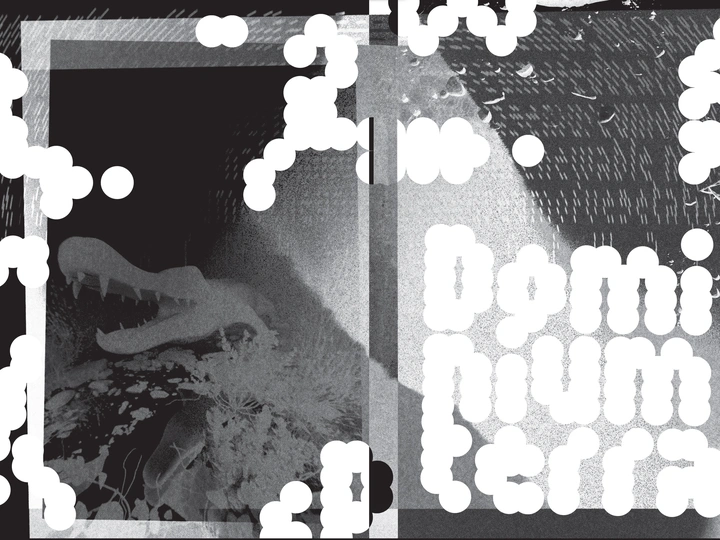Dominium Terrae - speculative Futures

Wilhelm Scherübl (no pronouns) works across media art and architecture, engaging deeply with social and political themes. The practice centers on distorting reality through texts and images, anchored in current events and trends. These investigations expand into speculative and fictional narratives, highlighting absurd developments and contributing to the discourse around potential future scenarios.
Wilhelm’s work has been presented internationally. Beyond artistic practice, architectural utopias are published bi-monthly on the online platform gat.news.
With extensive experience in lecturing, leading workshops, and collaborating with universities, Wilhelm actively shares knowledge - placing high value on dynamic exchange with students and fellow educators.
Three Texts in the book where contributed by WAI Thinktank and Beste Ileri
Graphicdesign by Beste Ileri and Andrea Ida
proofreading by Claudia Gerhäusser
Dominium Terrae is a speculative publication that imagines how future museums might look back on our present. Through fictional curatorial texts, digitally generated images, and real contemporary sources, it reflects on urgent societal issues - such as gender, colonialism, ecological crisis, and technological change - from the viewpoint of a possible future.
The project was initiated from a desire to critically engage with how institutions shape knowledge, memory, and value. By using speculative narratives, it creates critical distance from the present, allowing us to reflect on the failures and blind spots of our time. A central question runs through the work: Why did we, as a society, not act differently in response to these pressing concerns?
Each chapter focuses on a specific theme and uses the museum as a space of reflection and critique. The collapsing walls of these imagined museums represent both the decay of outdated systems and the possibility of seeing new landscapes - of thought, society, and environment.
Dominium Terrae is meant to provoke reflection. Its strength lies in layering fiction and documentation, creating a bridge between now and potential futures. It encourages viewers to confront their roles within broader systems of power, history, and spatial production.
Moving forward, the project can evolve into exhibitions, workshops, lectures, and film. The next step is a short movie. It reflects my interest in critical spatial practices, narrative as a tool for inquiry, and the potential of design to engage with ethical and cultural transformation.